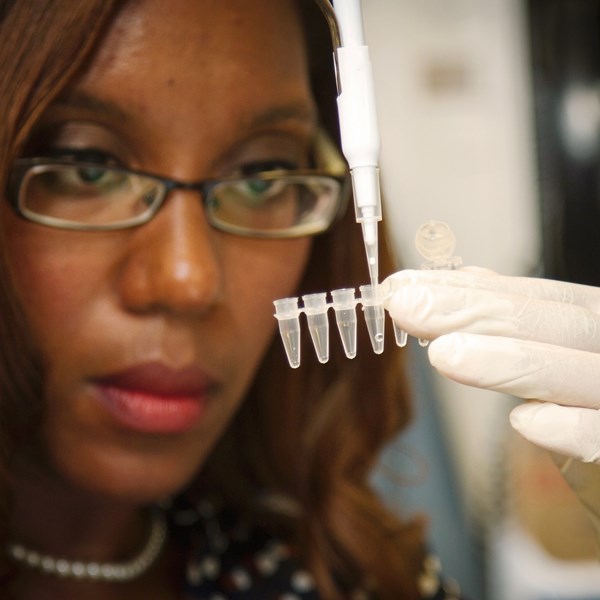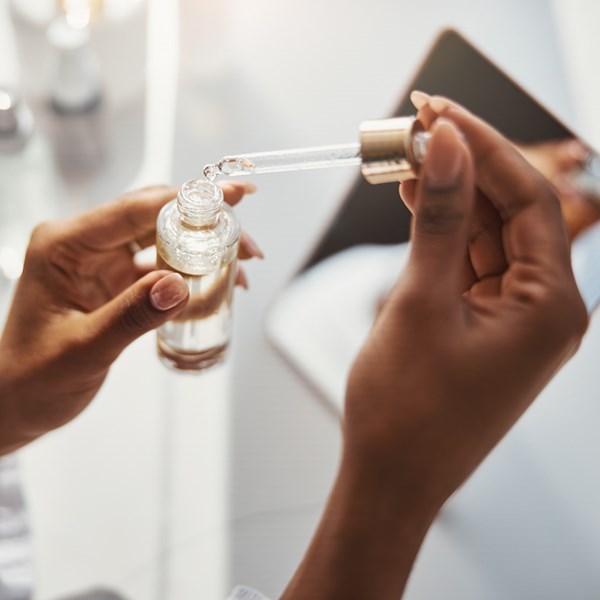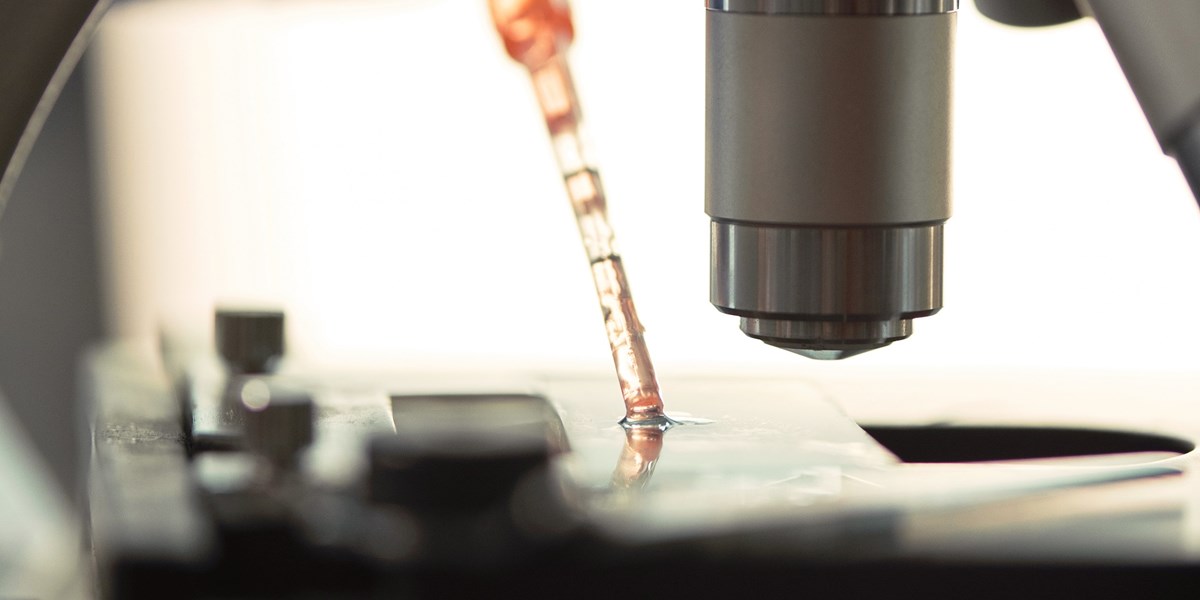A recent case involving Bristol Myers Squibb, which resulted in the revocation of a patent filed by the pharmaceutical giant, serves as a salutary warning on the risks of failing to include detailed supporting data when an application is first filed.
Sandoz and Teva separately sought revocation of Bristol Myers Squibb’s (BMS’s) European Patent (UK) 1 427 415 B1, and BMS counterclaimed for infringement. The patent related to a compound called apixaban, one of the market’s most lucrative drugs, which is sold by BMS under the name ELIQUIS and used for thromboembolic disorders.
The case focused on the data and teaching in the application as filed, and whether this made the key technical effect plausible.
BACKGROUND
The patent contained claims directed narrowly to apixaban itself, as well as EPC 2000 product for use claims referencing the use in treating a thromboembolic disorder.
Sandoz’s and Teva’s cases were ultimately managed together and the decision invalidating the patent was handed down on 7 April 2022. The wider dispute is not yet over in the UK, as Sandoz and Teva have also brought claims against five BMS formulation patents for apixaban and the UK High Court is due to consider these cases at the end of April 2022.
Apixaban’s therapeutic and non-therapeutic utility was considered to stem from its activity as a factor Xa inhibitor. Data demonstrating this activity was presented by BMS during the proceedings, but crucially, those data were not present in the patent application as filed.
Meade J grappled with recent decisions from the UK courts on insufficiency and plausibility, including Warner-Lambert v Generics and Fibrogen v Akebia, as well as long standing EPO case law. He acknowledged the recent referral to the EPO’s Enlarged Board of Appeal of relevant questions concerning plausibility but noted that the High Court is bound by the decision in Warner-Lambert.
THE FACTS AND ARGUMENTS
The central attack of Teva and Sandoz was that the application as filed did not make it plausible that apixaban would have any useful factor Xa inhibitory activity, or be useful in therapy, or for any other purpose. The bare assertions of an effect in the patent should not, in their view, establish plausibility.
Lack of plausibility is not a ground for revocation, so the attack was run under the headings of both Agrevo obviousness and insufficiency. An obviousness squeeze based on WO 00/39131 (“`131”) was also run.
BMS argued for plausibility of factor Xa inhibition in part based on statements in the application indicating that “a number of compounds of the present invention were found to exhibit Ki’s of ≤ 10 µM”. This statement referred to a factor Xa inhibition assay described in the application, but the tested compounds were not named. Both the absence of data in the application for apixaban itself and the prevailing understanding that materially lower (i.e., nanomolar) Ki values were essential for therapeutic efficacy weighed against BMS.
BMS additionally argued that an effect could be deemed credible from the structure of a compound alone, with structure and activity information in the common general knowledge (“CGK”) providing a useful guide. Here, BMS drew attention to DPC-423, a well-known factor Xa inhibitor, and argued that a structural comparison with apixaban made it plausible that apixaban would be effective in binding to and inhibiting factor Xa.
JUDGMENT
Whilst apixaban’s binding ability was acknowledged, the Judge was found that apixaban’s binding mode is unexpected and hard to explain. He rejected BMS’s reliance on the CGK to support a structure-activity relationship argument in the absence of “some positive reason to think there might be success”. To the extent that this aspect of BMS’s case relied entirely on CGK and did not draw on anything in the patent as filed, Meade J found that there could be no inventive contribution from the patentee. Finally, he found that the ability of the skilled person to test for efficacy using the assay described in the patent could not aid BMS because there is no encouragement concretely referable to apixaban.
As all of the commercial applications for apixaban depend on factor Xa binding, and there was no plausibility of any meaningful factor Xa binding in the application as filed, the patent was found invalid.
Amendments to the EPC 2000 claims to introduce functional wording reciting factor Xa inhibition were refused as they would not cure the plausibility issue.
The obviousness attack based on `131 was deemed to only be of significance if there had been a different conclusion on plausibility. The Judge found that, if the patent were plausible based purely on teaching that was in `131, then the obviousness squeeze over `131 would succeed because there could be no invention in just picking different compounds from (including apixaban) within that document without a demonstrated improvement.
IMPLICATIONS
This judgment reinforces the need to include at least some quantitative data or other technical information in an application on filing which allows the skilled person to consider it plausible that a relevant technical effect is achieved. Whilst the guidance from the Supreme Court on sufficiency in Warner-Lambert was central to many aspects of this judgment, this case offers a salutary lesson on the consequences of withholding data when preparing a new patent application.
In the life sciences sector, new patent applications are frequently filed at a very early stage in the discovery process. Both the EPO and the UK Courts have acknowledged that full clinical trial data are not essential for patent applications directed at medical therapies, however this judgment highlights the importance of ensuring that the available data are sufficiently relevant for the intended use. The threshold for activity in an in vitro assay was a key aspect of this case, and the statement in the patent confirming that activity had been measured with reference only to a threshold lying well outside the clinically relevant range compounded the problem arising from the absence of quantitative data for the claimed compound.
The judgment also serves as a warning against heavy reliance on common general knowledge to establish plausibility; this is likely to be self-defeating as it opens the door to an obviousness challenge.
The recent referral of plausibility questions to the EPO’s Enlarged Board of Appeal (in G 2/21) will no doubt be of great interest to many readers, particularly in the life sciences sector. BMS’s position was largely one of ab initio implausibility, which aligns with the third question referred in G 2/21, so it will be interesting to see if the EPO’s position diverges from that of the UK Courts in this respect.






